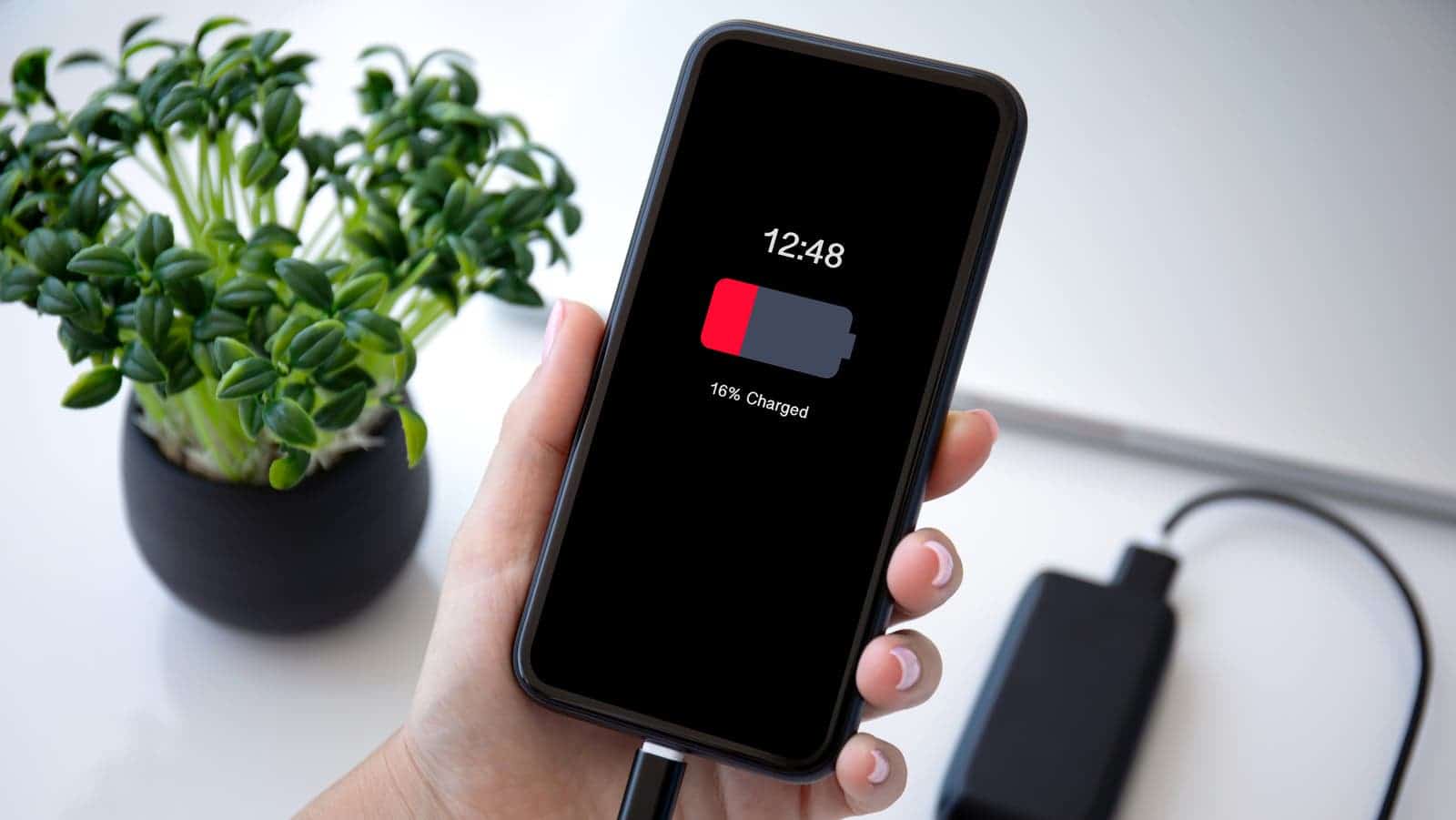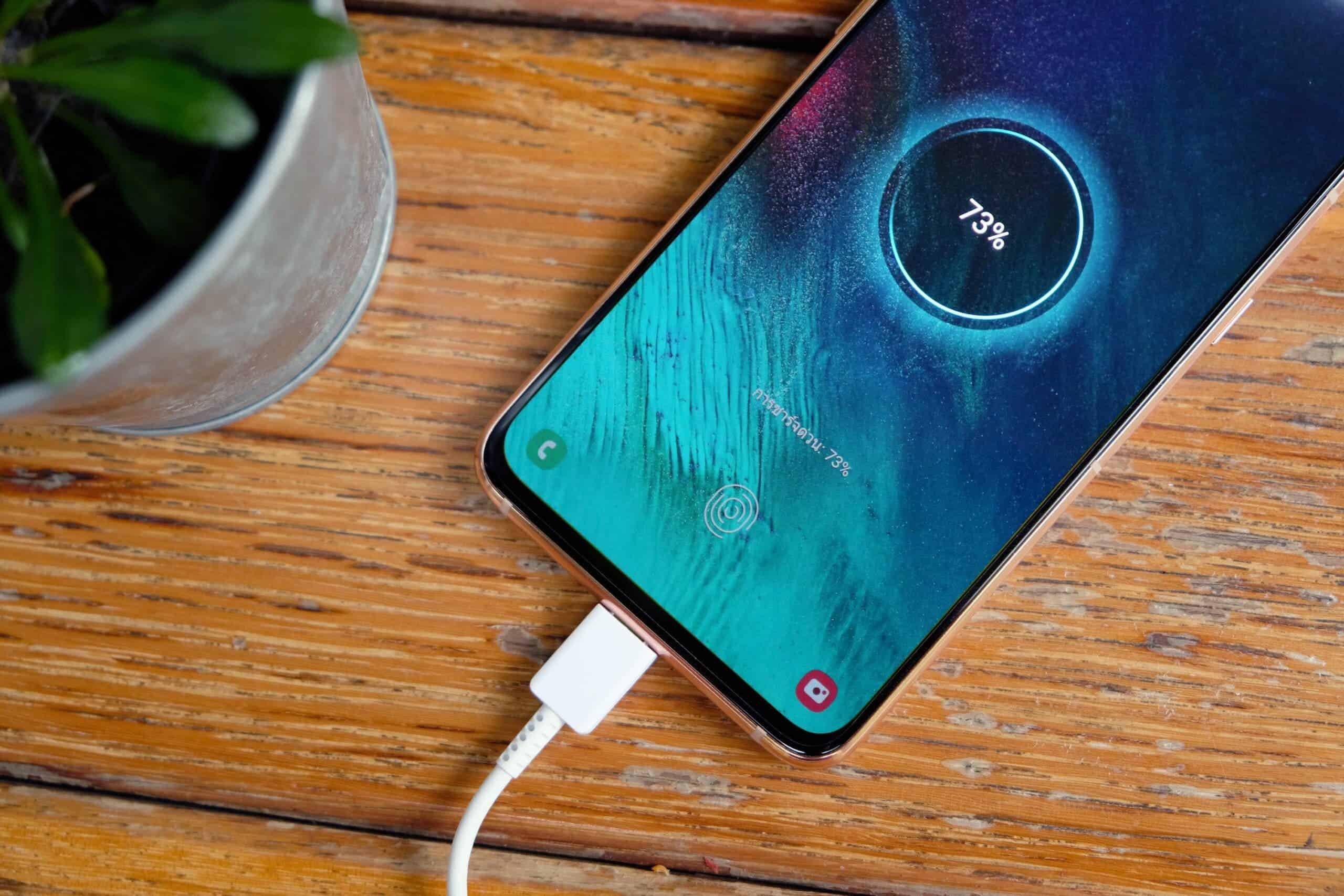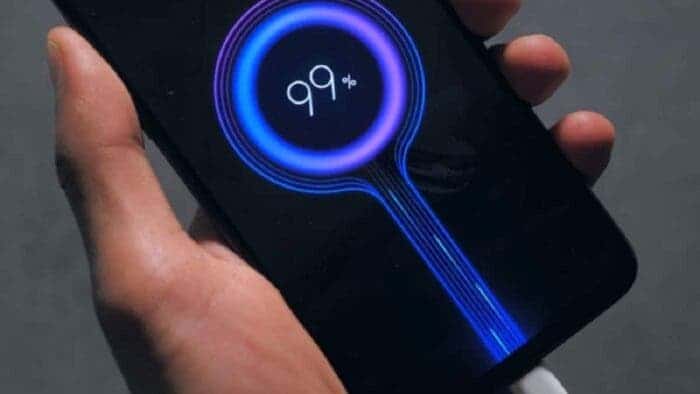The mobile phone landscape has undergone a significant transformation in recent years. While megapixel counts were once the primary battleground, user focus has shifted towards faster and more efficient battery charging solutions. This article delves into the world of fast charging, exploring its advantages, potential drawbacks, and how to navigate these considerations for optimal battery health and user experience.
The Rise of Fast Charging: Benefits, Drawbacks, and Finding the Right Balance

The Allure of Speed: Fast Charging Takes Center Stage
Modern consumers expect their smartphones to deliver a seamless and uninterrupted experience. A critical aspect of this experience is battery life. Fast charging technology has emerged as a game-changer, offering the ability to replenish a phone’s power in a fraction of the time compared to traditional chargers. Leading manufacturers like Xiaomi, iQOO, and OPPO are at the forefront of this innovation, boasting speeds that can revitalize a phone’s battery in under 10 minutes!
A Glimpse into Cutting-Edge Fast Charging Technologies
The current market offers a spectrum of fast charging solutions, both wired and wireless. Here’s a breakdown of some of the most impressive wired fast charging capabilities:
- 240W: This blazing-fast technology, exemplified by the Realme GT5, promises a full charge in less than 10 minutes.
- 200W: The iQOO 10 Pro boasts this remarkable speed, allowing for a full charge within 10 minutes.
- 165W-150W: Devices like the ZTE Nubia Red Magic 9 Pro+ (165W) and OnePlus 10T (150W) offer near-identical speeds, achieving a full charge in approximately 16-18 minutes.
- 120W-125W: This range, exemplified by the Xiaomi 14 Pro and Motorola Edge 50 Pro, provides a full charge in roughly 23-27 minutes.
These figures are truly remarkable, enabling users to top up their phones during their morning routine or while running errands. However, it’s crucial to acknowledge the potential trade-offs associated with such rapid charging.
The Nuances of Wireless Fast Charging
While wired fast charging offers unparalleled speed, wireless fast charging technology is catching up. Here’s a look at some notable advancements:
- 80W-66W: Flagships like the Xiaomi 14 Ultra and Honor Magic6 Pro boast these speeds, but availability might be limited to specific regions like China. These technologies achieve a full charge within 40-46 minutes.
- 50W: The Motorola Edge 50 Pro offers this speed, allowing for a full charge in under an hour.
- 23W: Devices like the Google Pixel 8 Pro represent the current standard for wireless charging, achieving a full charge in under two hours.
Wireless fast charging offers convenience, eliminating the need for cables. However, it currently lags behind wired fast charging in terms of speed. Additionally, wireless charging can generate more heat and consume slightly more energy due to its underlying technology.

Striking the Right Balance: Fast Charging and Battery Health
The convenience of fast charging comes with a caveat – its impact on battery health. Heat is the primary culprit, as it accelerates battery degradation. While occasional use of fast charging isn’t detrimental, relying on it constantly can shorten a battery’s lifespan.
Here are some key considerations for navigating the fast charging landscape:
- Utilize Fast Charging Strategically: Reserve fast charging for situations when you need a quick power boost, such as before a meeting or outing. For overnight charging or when time is not a constraint, opt for a slower charger to minimize heat generation.
- Temperature Matters: Avoid charging your phone in excessively hot environments, as this can exacerbate the detrimental effects of fast charging.
- Consider Wireless Charging Efficiency: While convenient, wireless charging might generate more heat and consume more energy compared to wired charging.
Beyond Speed: A Holistic Approach to Battery Management
Fast charging is undeniably a valuable technology, but it’s just one piece of the puzzle. Here are some additional practices that contribute to optimal battery health:
- Maintain Optimal Battery Levels: Avoid letting your phone’s battery drop below 20% or exceed 80% regularly. Aim to keep it within this range for extended battery life.
- Calibrate Your Battery Occasionally: Most phone manufacturers recommend periodic battery calibration to ensure accurate readings.
- Update Your Software: Software updates often include optimizations for battery management. Keeping your phone’s software up-to-date can improve battery life.
- Invest in a Quality Charger: Using certified chargers from reputable brands helps ensure safe and efficient charging practices.
The Future of Fast Charging: Innovation and Sustainability
The fast charging landscape is constantly evolving, with research and development focused on overcoming current limitations and achieving even greater efficiency and sustainability. Here are some key areas of exploration shaping the future of fast charging:
Material Science Advancements: Battery technology is at the forefront of innovation. Researchers are exploring novel materials for electrodes and electrolytes that can handle faster charging rates without compromising battery health. These advancements aim to create batteries that can withstand higher temperatures and maintain their capacity for longer durations.
Smarter Charging Algorithms: Manufacturers are developing intelligent algorithms that can optimize the charging process based on factors like battery temperature, ambient temperature, and usage patterns. These algorithms can dynamically adjust charging parameters to minimize heat generation and extend battery life.
Multi-Stage Charging: This approach employs a two-phase charging process. The initial stage delivers a rapid burst of power to quickly reach a certain percentage, followed by a slower, more controlled charge to full capacity. This strategy aims to balance speed with minimizing battery wear.
Wireless Charging Enhancements: Wireless charging technology is expected to witness significant improvements in speed and efficiency. Advancements in magnetic resonance and near-field communication (NFC) technologies could lead to faster wireless charging that rivals wired fast charging speeds. Additionally, research is ongoing to develop more efficient heat dissipation mechanisms for wireless charging pads.
Safety Considerations: As charging speeds increase, ensuring user safety remains paramount. Manufacturers are implementing sophisticated safety protocols and thermal management systems within chargers and phones to prevent overheating and potential damage.
Sustainability in Focus: The environmental impact of fast charging is a growing concern. Research is underway to develop energy-efficient fast charging solutions that minimize energy consumption during the charging process. Additionally, exploring the use of recycled materials in charger components can contribute to a more sustainable future for fast charging technology.
Standardization and Interoperability: Currently, there exists a diverse range of fast charging protocols from different manufacturers. This lack of standardization can lead to confusion for consumers and limit compatibility. Efforts are underway to establish universal fast charging standards that would ensure interoperability across different devices and brands.
The future of fast charging promises to be exciting, with a focus on achieving a balance between speed, efficiency, sustainability, and user safety. By combining advancements in materials science, intelligent charging algorithms, and innovative charging methods, the industry aims to provide users with a seamless and responsible fast charging experience.
The User’s Role in Shaping the Future
Consumers play a crucial role in shaping the future of fast charging. By making informed choices about their charging practices and opting for devices with sustainable features, users can contribute to a more responsible and eco-friendly fast charging ecosystem. Here’s how users can participate:
- Prioritize Longevity: Consider a phone’s battery health and overall lifespan when making a purchase decision.
- Embrace Sustainable Practices: Utilize fast charging strategically and adopt practices like optimal battery level management to maximize battery life.
- Demand Transparency: Advocate for manufacturers to be transparent about their fast charging technologies and their impact on battery health and energy consumption.
By working collaboratively, manufacturers, researchers, and users can usher in a future where fast charging technology empowers a truly mobile and sustainable future.
Conclusion
Fast charging has become an indispensable feature in the modern mobile phone landscape. While it offers undeniable convenience and unparalleled charging speeds, it’s crucial to understand its potential impact on battery health and energy consumption. Through ongoing innovation and responsible user practices, fast charging technology can evolve into a powerful tool that enhances user experience while maintaining a focus on sustainability.





